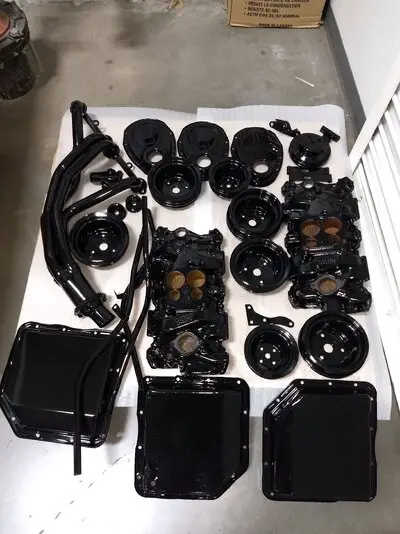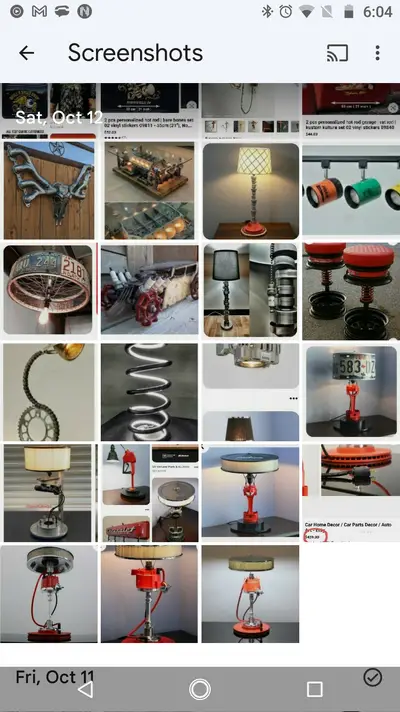Only me here and I am no cabinet maker either; that was my Dad and one of our neighbours, now both long gone down the road to whatever comes next.
However, I do know the tune and can even play parts of it on TV
No laminates and appliques here, just a basic three shelf upper box cabinet that sits on a lower bench. The upper unit is just 3/4 plywood, with 1" strips glued and screwed in as supports for the shelves which are also plywood. The lower bench was something that I assembled out of plywood and two x fours.; the top on it is only 1/2 inch due to all the bracing that went into the chassis for it.
So, after some thinking here, if I was to go with a wooden frame/cage for my console, the outer skin would likely be thinner than half, maybe 3/8ths or even 1/4 plywood. Why? Well, for one thing, the thinner wood allows for flex to conform to various shapes that might be encountered in the cabin. It can be set in place and then re-enforced with fibreglass where needed. Yes, I do agree that the heavier ply would work better where a lot of test fits will be needed, particularly if you go with screws for ease of assembly and disassembly. On the other hand, with the thinner panel, you can skip screws and go straight to staples or finishing nails. With a thin bead of carpenter's or cabinet maker's wood glue or even contact cement or two part bonder like JB Weld, who does make a version of their product that is wood applicable, laid down on the edge and then the brads or staples driven in to secure the joint, you should end up with something both light and strong.
If you really want to walk on the wild side, you can do the frame from thin strips of lath and then cover it with a layer of thin cloth such as fleece, staples would work well to pin the cloth in place, and Arrow makes an electric staple gun that will fire as fast as you can pull the trigger. (great for being up a ladder and having to deal with 10 mil polyplastic vapor barrier for a ceiling)
Once the fleece is on and tight, mix up a batch of fibreglass resin and slather it on with a brush, let it set, add more if/as needed and you end up with a basic shell that you can add to as needed or desired.
(Which reminds me that I have casting plaster and mold release spray in the inventory for when I had to re-assemble a smashed fibreglass luggage lid and needed something to use as a guide to assemble the pieces. Wondering if I could make a plaster plug from the existing console and then use that as a form for the fibreglass cloth and resin..............HUH)
Back on topic, for myself, the only reason I am tending towards plastics or PVC's is that they are what went into the original components which makes it both easier and harder at the same time to graft to them or modify what is there.
But the best part here is that your project is making me think about the possibilities and alternatives here.
So, Thanks for that, greatly appreciated and I do need another winter project so............................
Nick







